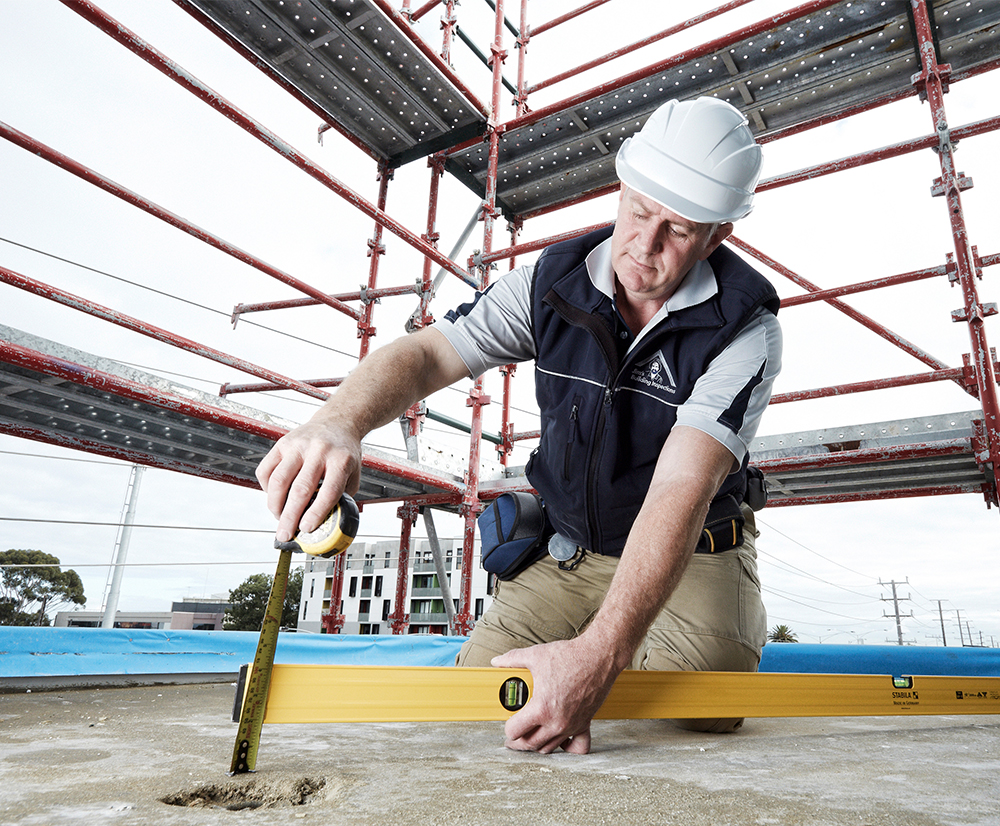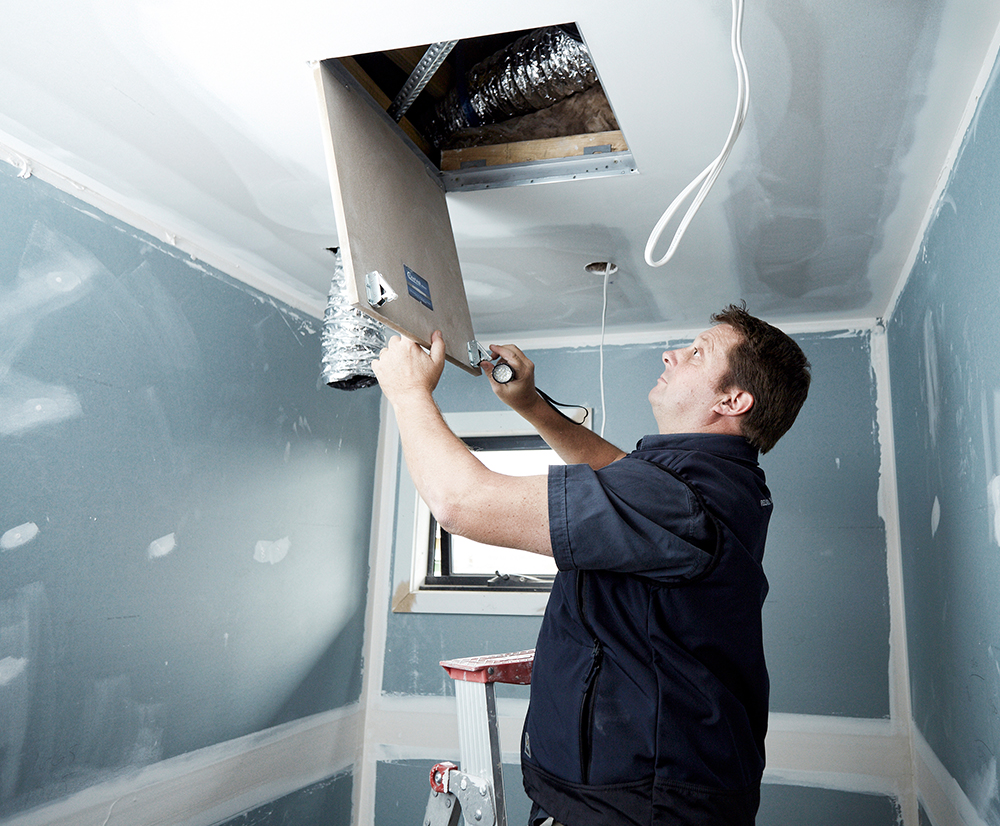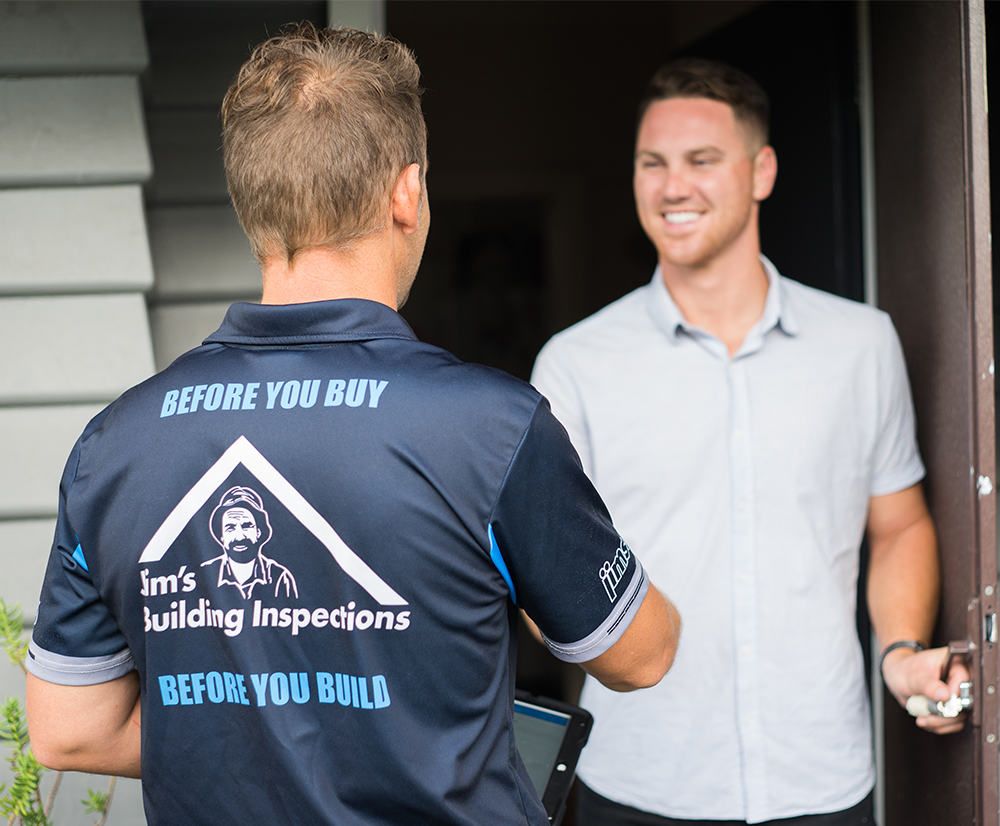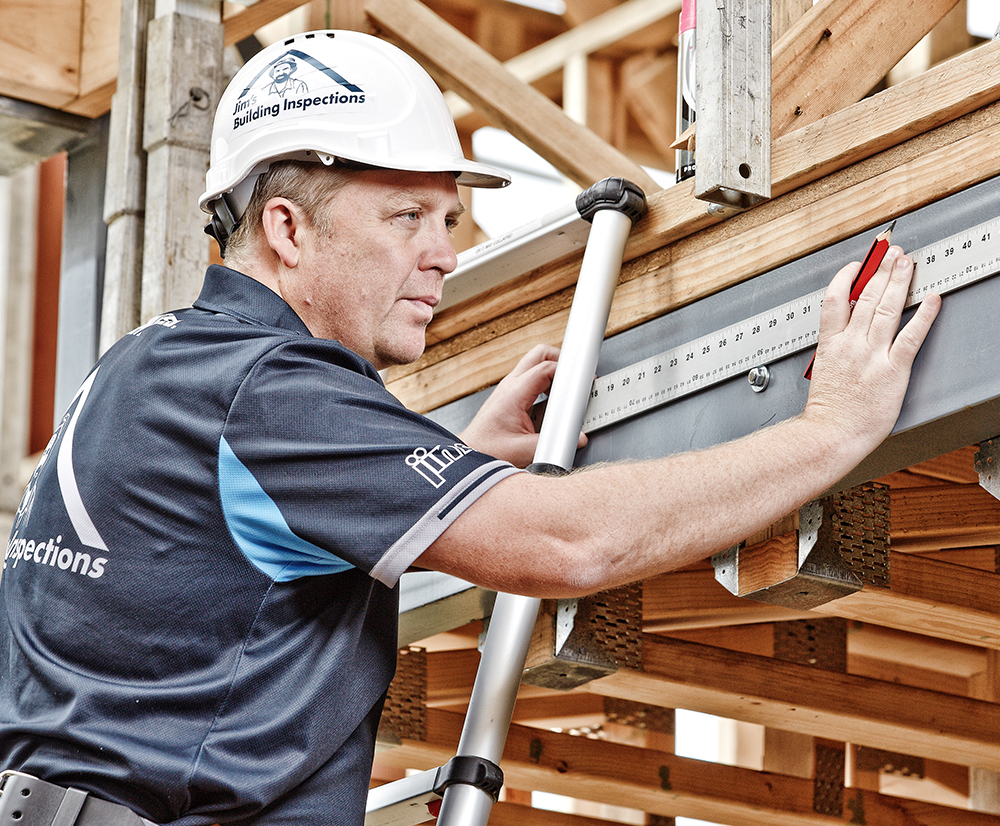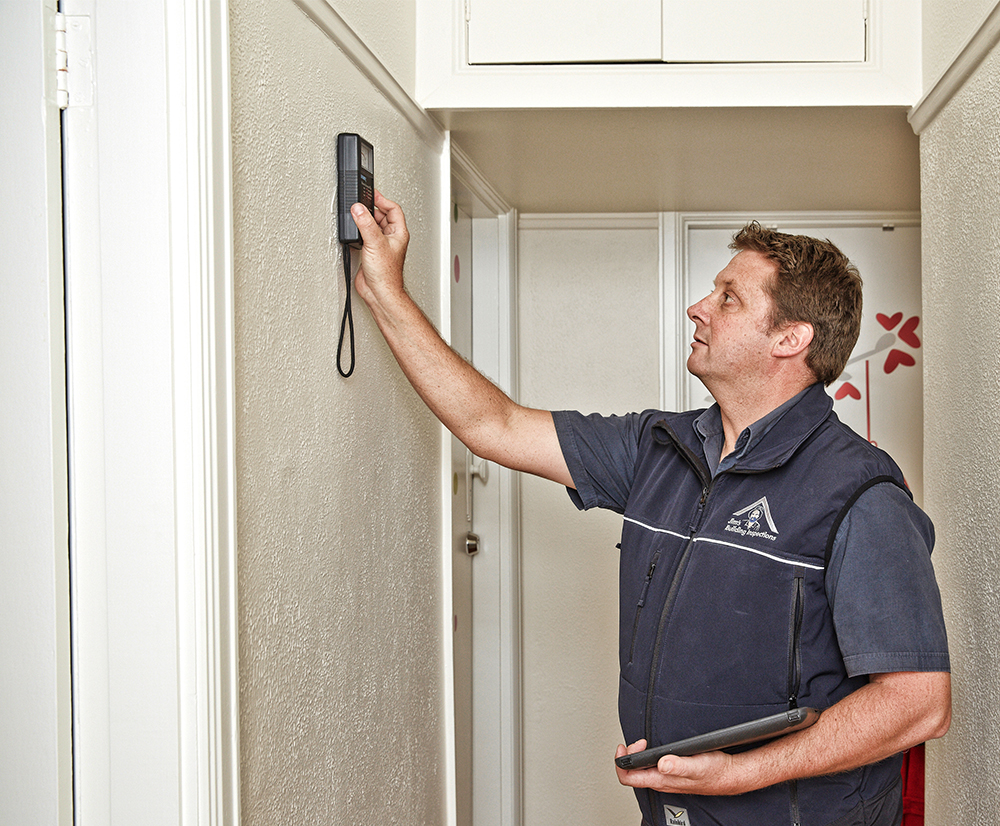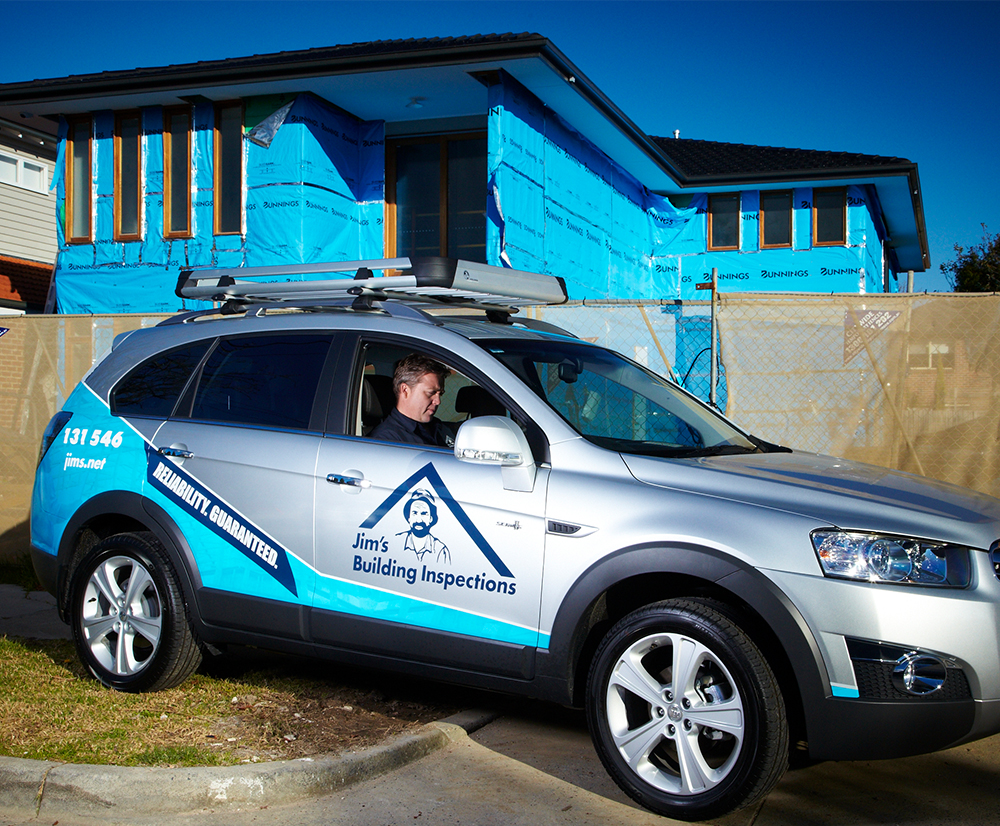A new construction inspection is recommended for:
- People buying a new home or apartment
- People buying off the plan
- People building new homes
Why is it important?
- In most cases, the homeowner has little (if any) building knowledge and relies on the builder and contractors to complete the building work to an acceptable standard.
- This potentially disadvantages the owner who has to rely on just the advice of the builder, even if they suspect something is not right. In short, a new construction Inspection will ensure you get what you paid for.
- We work with investors and owners buying a new home or unit who are unsure during handover whether they are truly getting what they paid for.
- So many people get to handover of a new property but then have to rely on the builder for a final quality check. Investors and other people who buy new homes and units do a lot of research to find reputable builders, and rely on trusted names.
Book A Job or CALL US ON 131 546
WHAT IS A STAGE INSPECTION?
A complete new home inspection comprises of 4 separate inspections conducted throughout the major stages of construction.
By covering all of these major stages, we ensure that nothing goes unnoticed, and at every stage it is built to standards, assuring by the end result you will have a safe sound quality built home.
At every stage of your new home inspection, you will receive a fully written report complete with photographs, informing you of our inspector’s observations.
1.Slab Stage (Prior To Pouring Concrete)
The slab stage or the base stage inspection is essential in the inspection process.
This is an important stage in new home inspection, as alarming errors in floor-slabs can cause a disastrous outcome, which sometimes may not come to light until a few years later.
We strongly recommend having this inspection carried out prior to the pouring of concrete, it will give you great peace of mind.
Some of the items checked during this inspection are:
- Levels are checked to confirm the slab has been installed within allowable deviation in the over level across the room or the entire build.
- All the Beams and footings are checked.
- The edge rebate is checked to ensure it is not “honeycombed” and there is no evidence of steel reinforcement protruding as it must have at least 40 mm concrete coverage.
- The vapour barrier must extend past the poured concrete slab with adequate overlap left so that it extends up the side wall of the slab past the final finished ground level once the construction is completed.
- Termite protection barrier installation, where needed.
- Steel reinforcement is secured and tied at lap and splices.
- We will inspect and report on issues surrounding Poor building practices or Incorrectly placed materials
Have a look here at a sample report at this stage.
2.Frame Stage
Frame stage inspection is carried out after the frame has been completed.
Frame stage inspections are conducted providing an independent assessment of the works to confirm they have been completed ready for stage payment. Our review monitors the frame with respect to the approved construction methods stipulated in Australian Standard 1684.2 and the Engineers design requirements as detailed on the Approved Plans.
Some of the items checked during this inspection are:
- The installation of windows and door frames are checked at this stage.
- Frame positioning in relation to the supporting slab is checked with any overhanging tolerances along with load bearing timbers, lintels and orientation of Jack Studs above openings.
- Items such as the correct number of timber blocks and their securing method are checked along with all bracing, mechanical fasteners, tie downs and anchors.
- Any Issues relating to ceiling Height
- The correct location of plumbing waste outlets.
- The insulation wrap around the frame has not been torn (this can only be inspected before the plasterboard is fitted to the frame inside the home).
For peace of mind, a Frame Inspections is strongly recommended and imperative for ensuring that the building frame structure is sound and meets design requirements.
Have a look here at a sample report at this stage.
3.Lock Up Stage
Lock up stage Inspections are very important. Before you hand over one of the largest stage payments to your builder.
The lock up stage inspections should be carried out when a home’s external wall cladding and roof covering is fixed, the flooring is laid and the external doors and windows are fixed to the frame (even if those doors and windows are only temporary).
Some of the items checked during this inspection are:
- We inspect the roofing that is installed to ensure it is complete and free of defects and damage, all flashings are installed.
- A visual inspection is carried out to check the installation of flashings.
- Brick work is checked for correct installation.
- All windows and doors are installed with the correct fixings using appropriate blocks and the frame straight, plumb and true.
- The installed plaster to the ceilings, wall linings and fitted cornice is checked to ensure it is installed to acceptable standards.
- Waterproof membrane to showers & wet areas are inspected to ensure they are correctly installed and comply with the requirements of the Building Code.
- There is adequate fall applied to the gutters around the house and the garage.
- There are no cracked, chipped or broken bricks.
We ensure that the lock up stage has been fully and properly completed and that all building works at the lock up stage have been completed compliant with the Building Code of Australia (BCA) and all relevant Australian Standards.
Have a look here at a sample report at this stage.
4.Handover
New construction Inspections require an exhaustive check of the construction. At handover inspection we check that all the work completed “in a proper and workman like manner” ensuring that the workmanship is at an industry standard.
The construction of the dwelling needs to reflect the Approved Plans and we check that all components of the building comply with relevant Australian Standards and Building Codes.
Handover or Final stage inspections are also called Practical Completion Inspections (PCI) and Pre Handover Inspections.
Some of the key items checked during this inspection are:
- The roof above the house and the garage to make sure there are no points where rainwater can enter the house and damage the insulation and plasterboard etc. inside the house.
- All internal cladding, architraves, skirting, doors, built in shelves, baths, basins, troughs, sinks, cabinets, vanity units, bench tops and cupboards of a home are correctly fitted and fixed in position compliant with the relevant building plans and specifications, the Building Code of Australia and all relevant Australian standards and tolerances
- The correct installation of the waterproof membranes in the wet areas (e.g. ensuites and bathrooms).
Have a look here at a sample report at this stage.
Frequently asked questions
When should I get an inspection?
You can engage us at any time during the construction. However most people engage us as construction commences to complete inspections at all stages of the build. Or some people choose to have us attend the site just when you have concerns or only at the final handover, prior to making your last payments.
What areas do we service?
We service the majority of Australia with key locations in metropolitan and regional areas.
Find your local building inspector today. Our inspectors will provide professional, expert and unbiased information on the workmanship and finishes of the property.
What does the report provide?
With our new home inspection reports, you get the report emailed to you within 24 hours covering:
- A comprehensive check of the inside and outside of the relevant building(s) as well as the surrounding land upon which the building(s) are constructed.
- Our qualified Building Inspectors use a detailed new construction inspection checklist to help identify whether the construction and workmanship on your project has been completed in accordance with the National Construction Code, applicable Australian Standards and acceptable standards of workmanship.
- The report will describe any defects and problems in easy to understand language and will contain photos of notable items so that you can see what issues may exist.
- Safety Hazards
- Substandard Workmanship
- Any Incomplete Works
- Suspected Non-Compliance with Contracts and Specifications
What is the latest technology used in inspections?
- Thermal imaging camera
- Moisture meter
- Scope cameras
- Digital pitch levelling
- Lazar leaving tools
- Over 100+ Photos and detailed descriptions
What qualifications and training will the building inspector have?
- Most inspectors of our inspectors are licenced builders or reheated in there state and have professional indemnity and public liability insurance.
- Also hold completed residential building inspection course CRBI course.
- All inspectors hold an asbestos assessor’s license with a vast range of knowledge across all building sectors both commercial and domestic.
Do I have to be there for the inspection?
Not necessarily, but we encourage home owners and purchasers to be present at their inspections so we can explain our assessment in detail.

